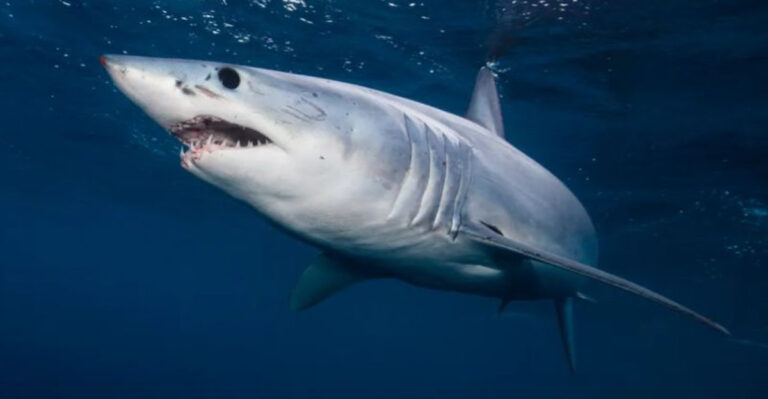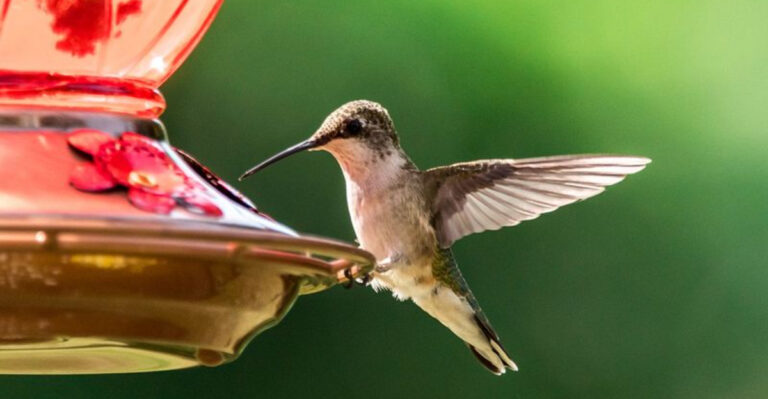6 Epic Beasts That Live In Norse Myths (And 5 That Actually Come From Greek Ones)
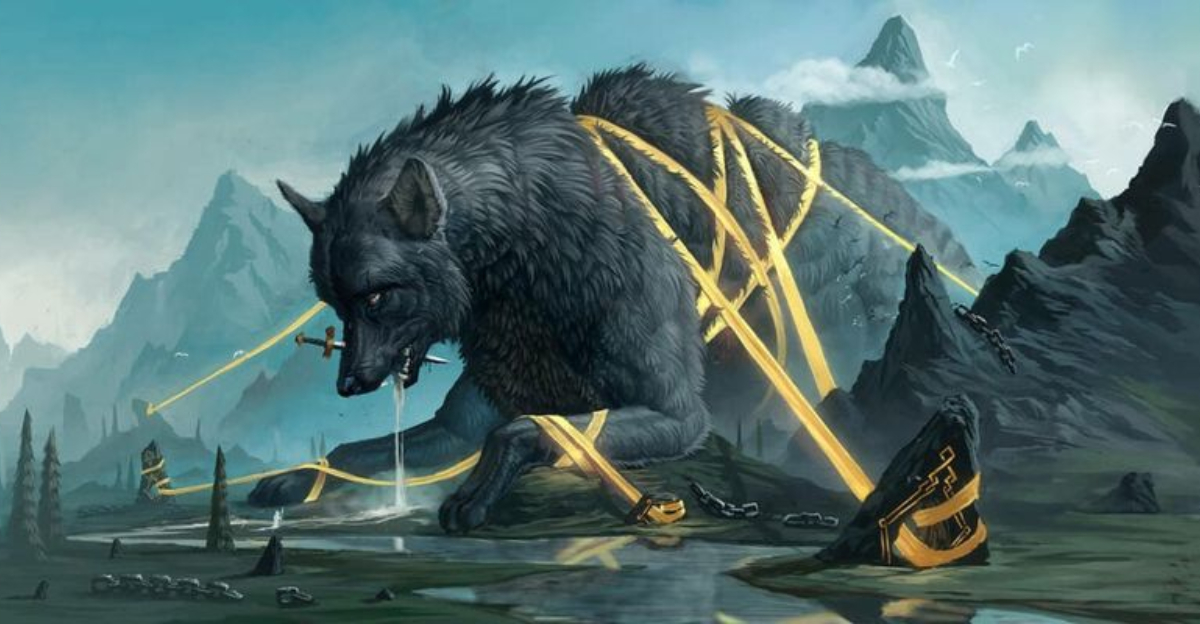
Ever wondered which fierce creatures roamed the icy lands of Norse sagas and which ones actually belonged to sunny Greek shores? Mythological beasts have captivated our imagination for centuries, with their terrifying powers and magnificent forms.
Let’s take a look at legendary monsters from Norse mythology and some from Greek mythology that often get mixed up in popular culture.
1. Jormungandr: The World Serpent

Massive enough to encircle the entire world and grasp its own tail, Jormungandr is the ultimate sea monster of Norse legends. This gigantic serpent is actually one of Loki’s children and a sworn enemy of Thor.
During Ragnarok, the Norse apocalypse, Thor and Jormungandr are destined to kill each other in an epic battle that will shake the cosmos. The serpent’s poison is so potent that even gods fear its deadly breath.
2. Fenrir: The Monstrous Wolf
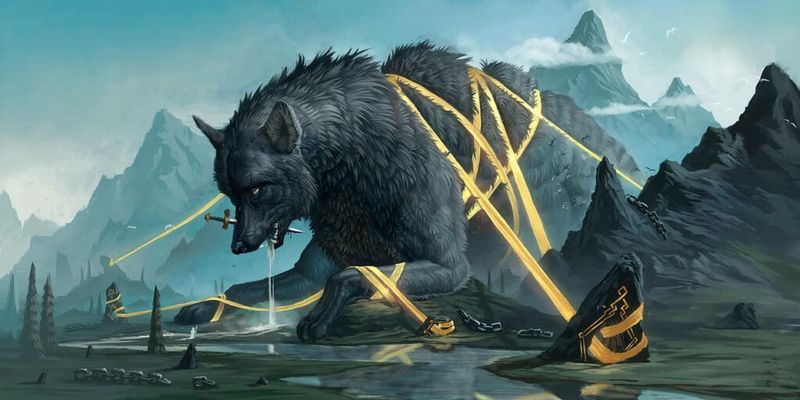
Born to the trickster god Loki and the giantess Angrboda, Fenrir strikes fear into the hearts of even the bravest Norse gods. This colossal wolf grows larger each day, prompting the gods to bind him with magical chains.
Only the brave god Tyr dared place his hand in Fenrir’s mouth during the binding, losing it when the wolf realized he’d been tricked. At Ragnarok, Fenrir breaks free to devour Odin himself.
3. Nidhogg: The Corpse-Eater Dragon

Gnawing eternally at the roots of Yggdrasil, the world tree, Nidhogg embodies decay and destruction in Norse mythology. This malevolent dragon feasts on the corpses of murderers, adulterers, and oath-breakers in the afterlife realm of Nastrond.
With scales black as night and eyes burning with hatred, Nidhogg sends insulting messages to the eagle perched atop Yggdrasil via a squirrel messenger named Ratatoskr. Few creatures inspire such dread in the Norse cosmos.
4. Sleipnir: The Eight-Legged Horse
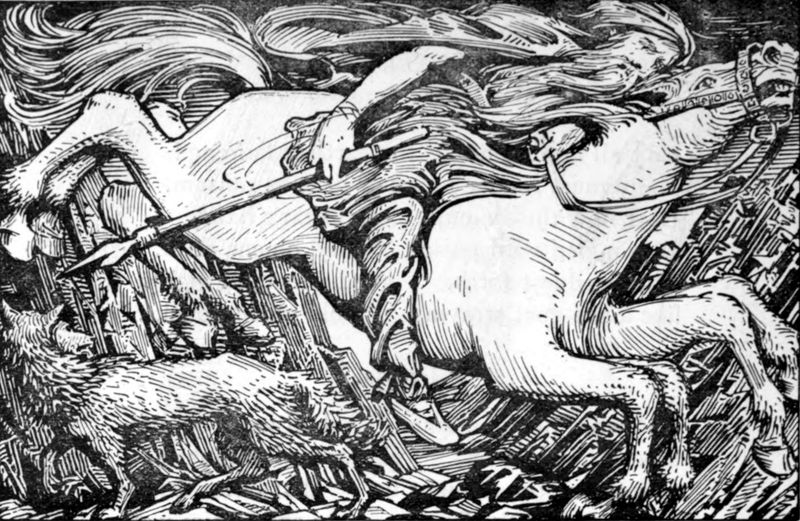
Galloping across the sky with his eight powerful legs, Sleipnir stands as the fastest and most magnificent steed in all the Nine Realms. Born when Loki transformed himself into a mare (yes, really!), this unusual horse became Odin’s trusted mount.
Gray-coated and tireless, Sleipnir can travel between worlds with ease, carrying the All-Father through the realms of gods, giants, and even the land of the dead. No ordinary horse could match his supernatural speed and endurance.
5. Ratatoskr: The Message-Bearing Squirrel
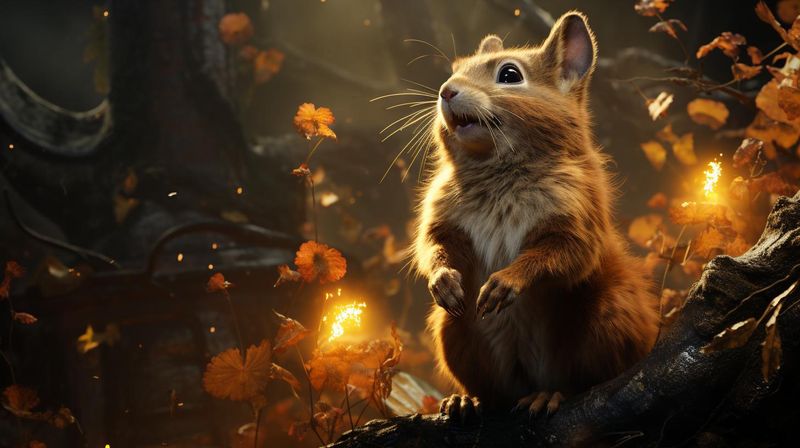
Don’t let his small size fool you – Ratatoskr might be the most mischievous creature in Norse mythology! This quick-witted squirrel scurries up and down the world tree Yggdrasil, carrying insulting messages between the eagle at the top and Nidhogg at the roots.
Delighting in stirring up trouble, Ratatoskr embodies chaos in miniature form. Though he appears in few stories, this tiny troublemaker represents how even small creatures play important roles in the cosmic balance of Norse mythology.
6. Garm: The Blood-Stained Hound

Blood-caked fur and glowing eyes mark Garm as the terrifying guardian of Hel’s gates. This monstrous hound stands watch at the entrance to the Norse underworld, preventing the dead from escaping back to the land of the living.
Bound by magical chains until Ragnarok, Garm howls with such ferocity that his voice echoes through all Nine Realms. When the final battle comes, this fearsome beast breaks free to fight the god Tyr – resulting in both their deaths.
7. Minotaur: The Bull-Headed Man
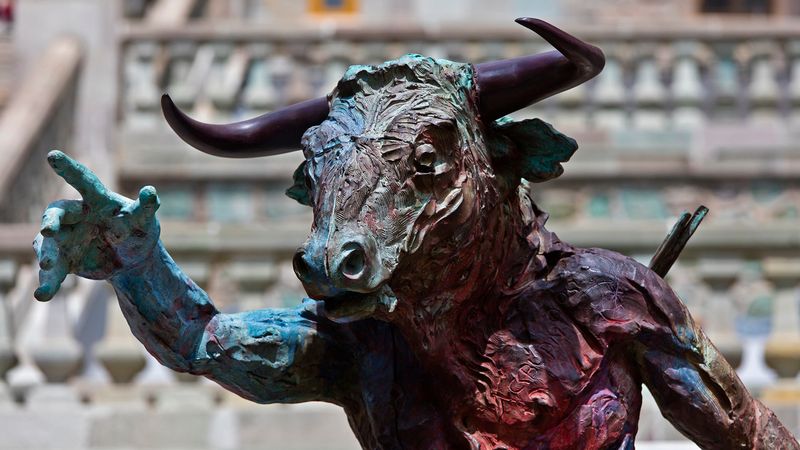
Half-man, half-bull, the Minotaur terrorized ancient Crete from within the twisted Labyrinth – but this monster belongs to Greek mythology, not Norse! Born from Queen Pasiphae’s unnatural union with a sacred bull, this creature embodied the consequences of defying the gods.
King Minos imprisoned the beast in an elaborate maze designed by Daedalus. Every seven years, fourteen Athenian youths were sacrificed to the monster until the hero Theseus finally slew it with the help of Princess Ariadne.
8. Cerberus: The Three-Headed Hound

Standing guard at the gates of the Greek underworld, Cerberus ensures the dead stay dead with his three ferocious heads and serpent-covered back. This monstrous dog allows spirits to enter Hades’ realm but prevents them from ever leaving.
Despite his fearsome reputation, Cerberus has been outsmarted several times. Orpheus lulled him to sleep with music, while Heracles physically subdued him as one of his twelve labors. Often confused with Norse beasts, Cerberus belongs firmly in Greek mythology.
9. Hydra: The Many-Headed Serpent
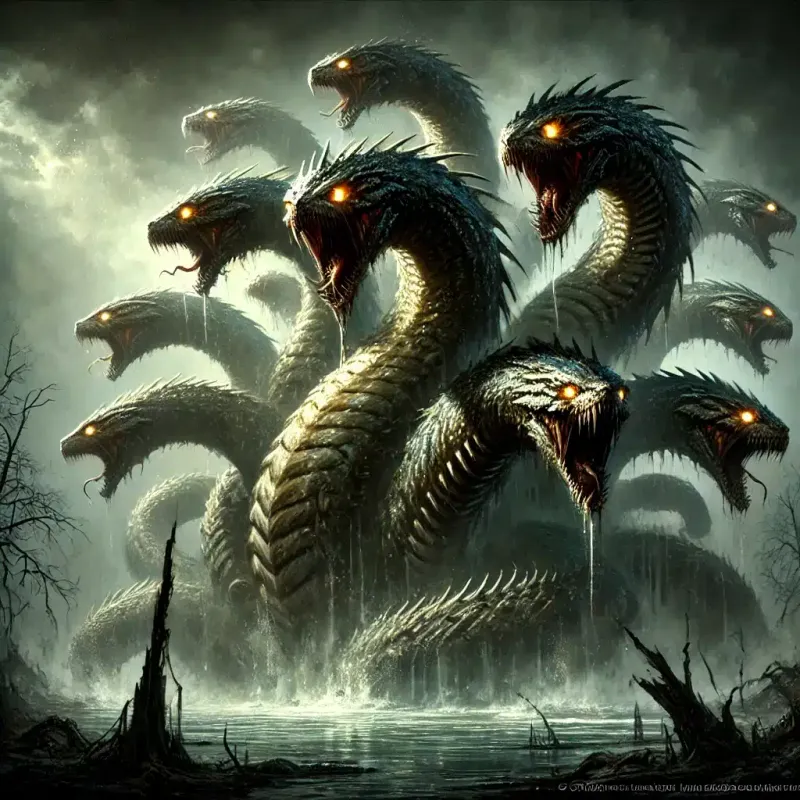
Cut off one head, and two more grow back! The Lernaean Hydra represents one of Greek mythology’s deadliest monsters, not a Norse creature as sometimes believed. This multi-headed water serpent lived in the swamps near Lake Lerna, poisoning the countryside with its toxic breath.
Heracles faced this regenerating nightmare as his second labor, discovering that cauterizing each neck stump prevented new heads from growing. His nephew Iolaus helped by burning each wound after Heracles severed each head.
10. Pegasus: The Winged Horse
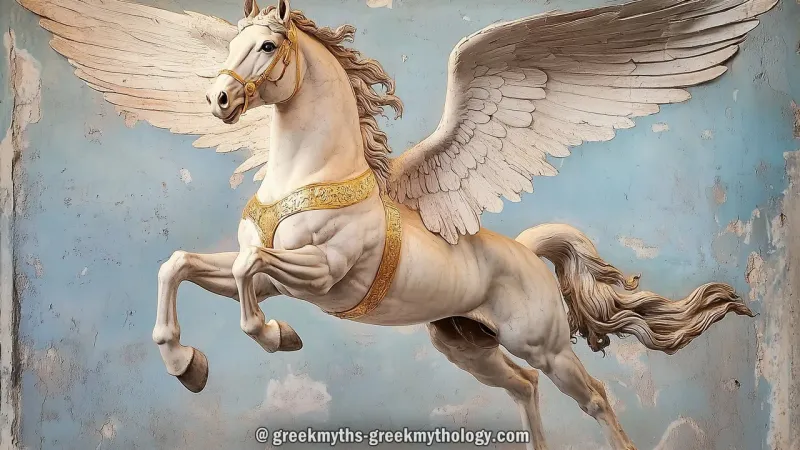
Born from the blood of Medusa when Perseus beheaded her, Pegasus soars through Greek mythology as a magnificent white stallion with powerful wings. Though sometimes mistakenly placed in Norse stories, this majestic creature belongs exclusively to Greek legends.
The hero Bellerophon captured Pegasus using a golden bridle given by Athena. Together they defeated the Chimera before Bellerophon’s pride led to his downfall. Zeus eventually transformed Pegasus into a constellation that still graces our night skies.
11. Chimera: The Triple-Threat Monster
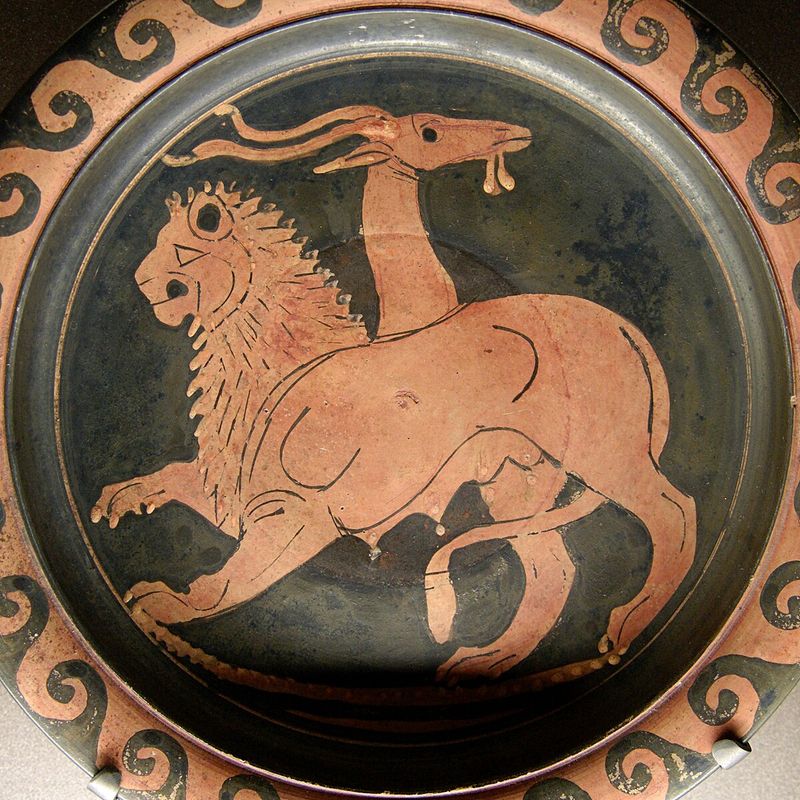
Lion’s head, goat’s body, and a snake for a tail – the Chimera combined three dangerous animals into one fire-breathing nightmare! This bizarre Greek monster (not Norse as sometimes thought) terrorized the ancient region of Lycia until confronted by Bellerophon.
Riding Pegasus, Bellerophon attacked from above while the Chimera spewed flames below. The hero cleverly attached lead to his spear, which melted in the monster’s fiery breath and poisoned it from within. Today, “chimera” describes any impossible hybrid creature.




